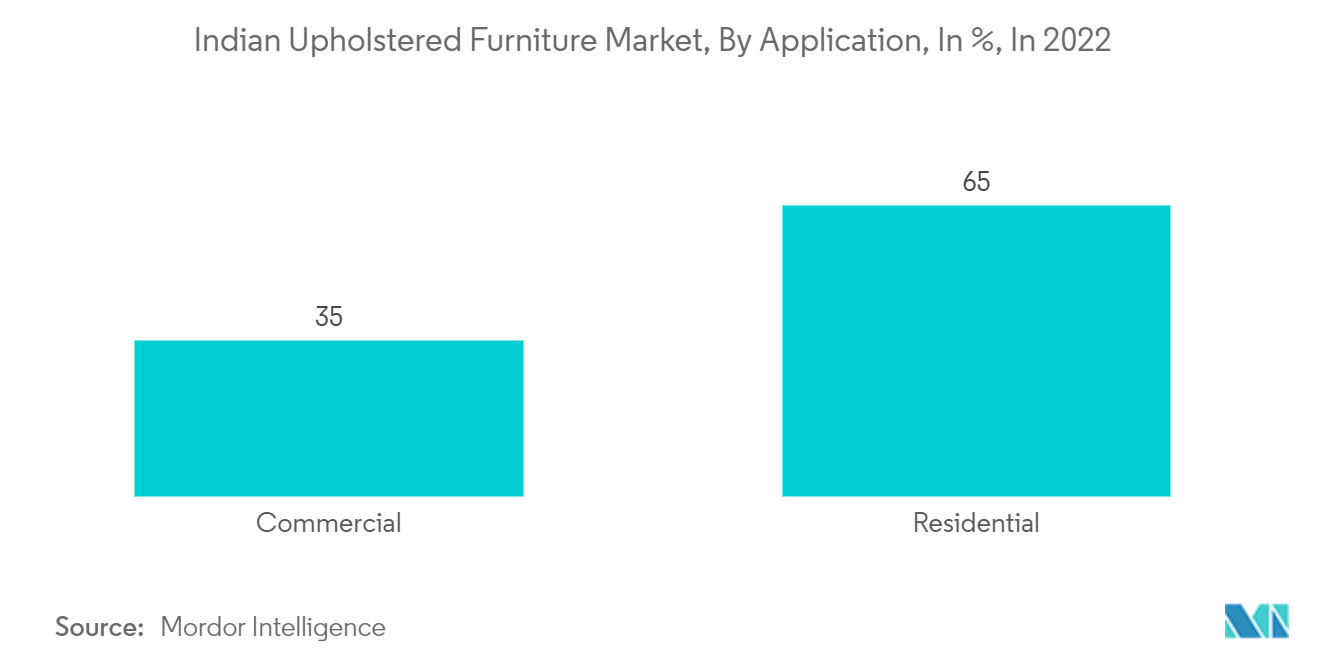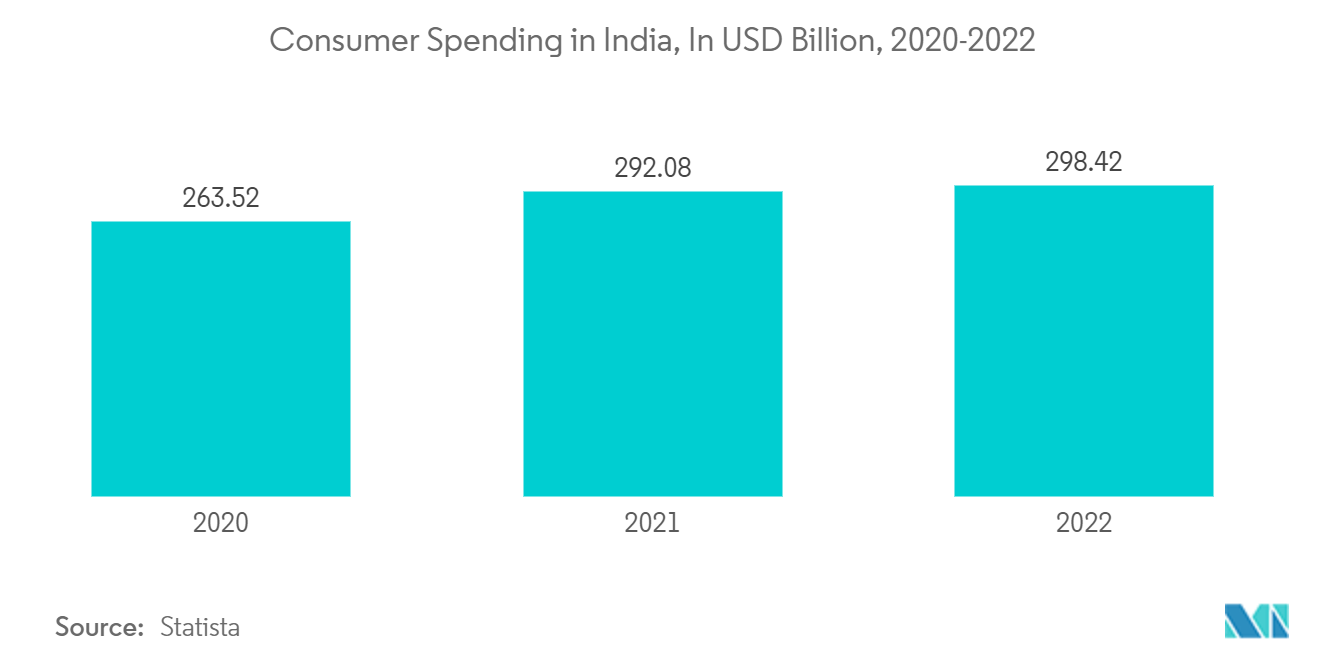Market Trends of India Upholstered Furniture Industry
Residential End User Segment is the Largest Market
About 65% of all furniture produced is residential upholstered furniture. The number of affluent and upper-middle-class households is increasing, as well as the number of rooms per household. Approximately 25% of urban households have five or more rooms, leading to a higher demand for furniture per household. Upholstered furniture is an excellent addition to home decor and serves as a comfortable seating option in both indoor and outdoor areas. These products, such as comfortable sofas and chairs, can be transformed into a bed for sleeping or lounging, making them versatile and ideal for households. These items are often compact and can comfortably accommodate three or four people. Due to their appealing coziness, they are in high demand in households.
The “Make in India” initiative has created a policy push to transform India into a manufacturing hub. This has made the Indian upholstered furniture market even more attractive. The government has allowed 100% FDI for furniture manufacturing through the automatic route. A significant trend in the upholstered furniture market is the evolving preferences of consumers. They now demand furniture that is not only functional but also aesthetically pleasing, versatile, and comfortable. This shift has resulted in a lower lifespan for furniture products in Indian households. This shift is expected to fuel market growth during the forecasted period.

Growth in Consumer Purchasing Power is Expected to Drive the Growth of this Market
In the forecasted period, India is projected to become the world's third-largest consumer market, driven by the growth of middle to high-income households. The ongoing urbanization process in the country will further amplify consumer spending as companies will have better access to consumers and open more physical retail stores to cater to them. India is a rapidly growing consumer market with rapidly changing tastes and preferences, driving businesses to adapt quickly to the transitioning trends.
The furniture sector is at the center of these developments, transforming from an industry historically dominated by small and medium-scale craftsmen to one now overseeing the rapid expansion of industrial manufacturing. With the inherent advantages of the country in this key consumer segment, the sector's potential is shaping up to be enormous. This has led to the emergence of newer businesses, brands, and retailers that aim to bring the furniture revolution to the doorstep of Indian consumers. As the purchasing power of consumers increases, they are expected to purchase more upholstered furniture and other luxury items to improve their standard of living, which is expected to drive market growth during the forecasted period.


